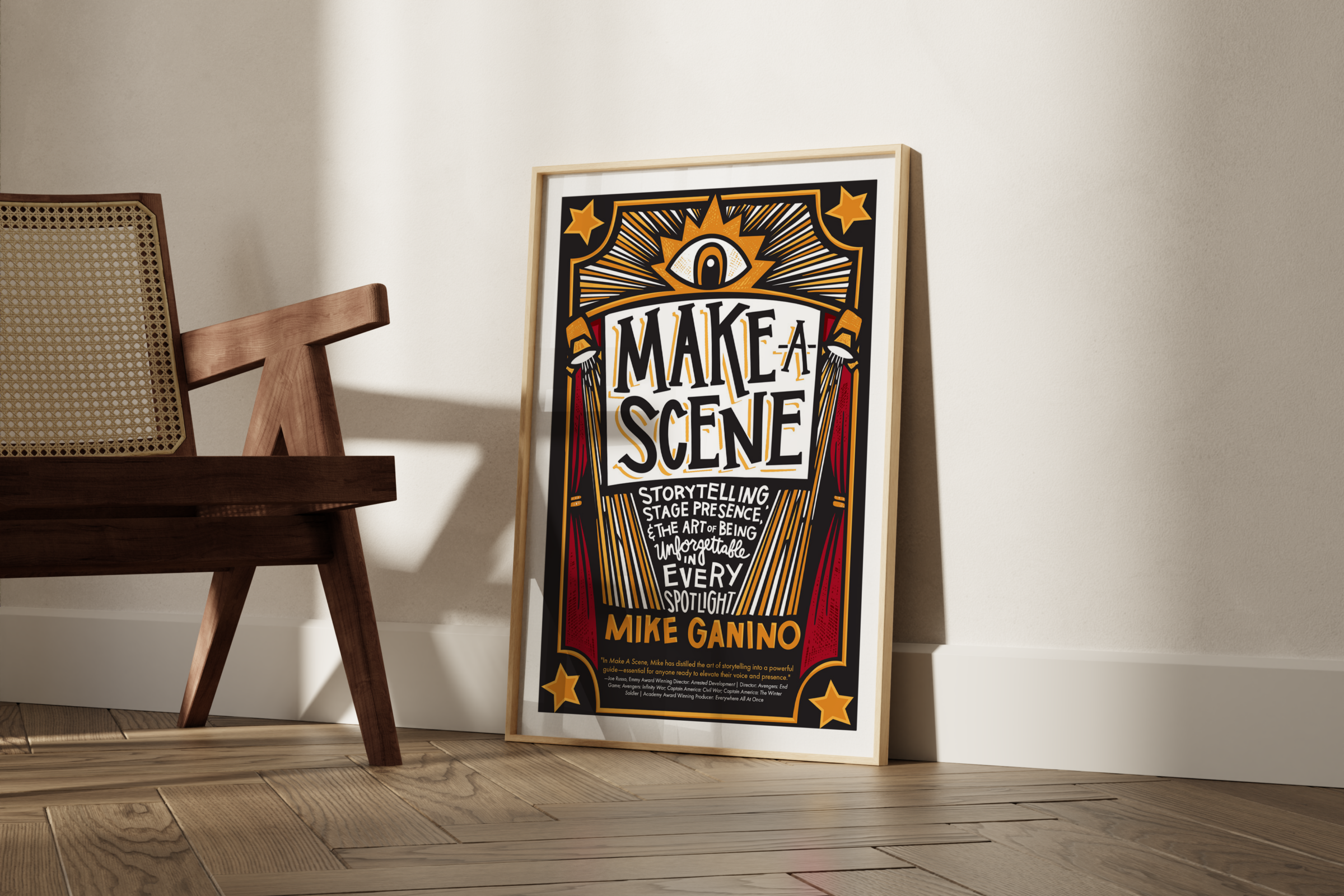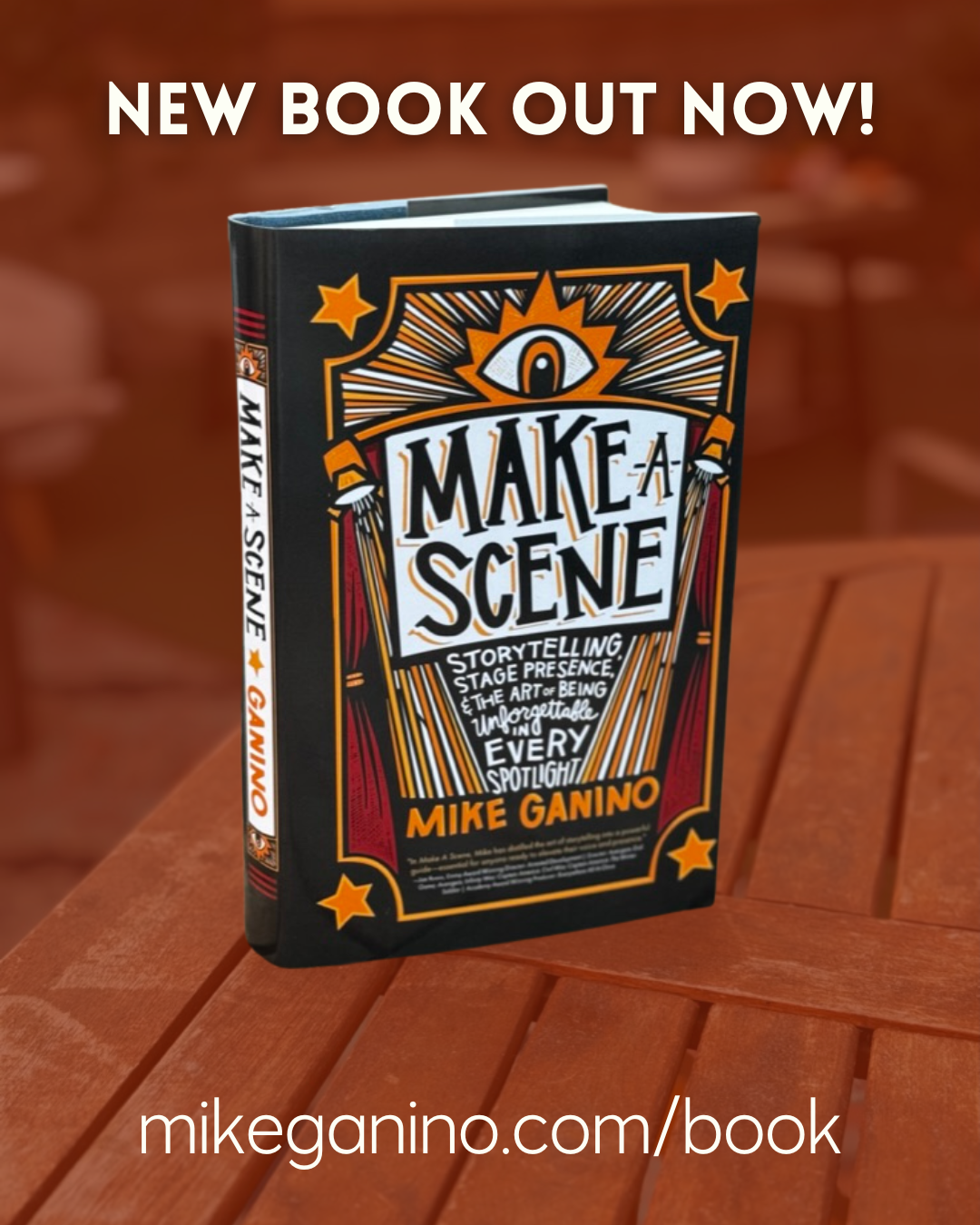Strategic storytelling creates connection better than anything else.
No matter where you look it seems that discussions of storytelling are taking over. From medicine to WalL Street, from the boardroom to the courtroom — storytelling has never been hotter. And for good reason — all the Powerpoint, data, and information in the world will do little to effect change in others if they don’t feel a powerful connection to the message.
But before you go diving in to share just any old story and hope that will get results, you’ve got to keep in mind some ways that your storytelling can go drastically off course.
Greed
Whenever I work with businesses on improving the stories their leaders and teams tell, I see a common thread throughout. The story quickly goes from the exposition of setting of the story to the conclusion without any of the juicy middle. It can feel like a greedy attempt to make yourself the hero of the story without any of the challenge, complication, or struggle it took to find success.
Fix it: Try working on your story using the classic “Story Spine” framework to make sure you’ve got enough of the trials and tribulations in the middle to make the glorious resolution that much more powerful.
“All the Powerpoint, data, and information in the world will do little to effect change in others if they don’t feel a powerful connection to the message.”
Sloth
Because we have lived our entire lives hearing stories — we tend to think we can just pluck them out of thin air at a moment’s notice. Sure — this true for low stakes settings. But if you are trying to impact others, create change, or drive motivation, then it’s best to work on your structure, framework, and delivery in advance.
Fix it: Use the StoryCraft guide to get your core stories smoothed out. These five stories are the cornerstone of business communication.
Envy
When it comes to business storytelling, we sometimes covet our stories so much that we leave little room for others to see themselves in them yet alone retell them with any authenticity or sense of ownership. Stories about the company founding, the values of your organization, or the case studies of your successful customers should leave room for other people to own and share them.
Fix it: Freshen up your origin story so that it sounds less like a historical timeline and more like a engaging narrative. Consider what Lin-Manuel Miranda did for Hamilton in the retelling of that the story of our ten dollar founding father.
Gluttony
If you ever sit down to listen to my Uncle Tony tell a story, you will understand gluttony. After a about 45 minutes, you are still left wondering — what’s the point in this whole thing? We know every exact detail of Teresa’s rose garden including the nosy neighbor who stepped on a bush — but we still have no clue where this is going. A lot of storytellers get so caught up in details that don’t actually matter.
Fix it: Use a framework to help put just the right amount of details in the story. Consider what the point of the story is and the resolution of the story. Literally — begin with the end already written. For a simple framework, check out the StoryCraft guide.
Lust
You know the stories you just love to tell. They feel like putting on an old glove, or a warm Snuggie. But sometimes these are also the ones that your audience just doesn’t feel as warm and snuggly about? The ones that you tell and can’t understand why people aren’t moved to action, or laughs, or tears? It might be time to retire them or to give them a rewrite. Or at least them for times when inspiring action isn’t the result. When it comes to business — even your stories need to demonstrate ROI (return-on-investment).
Fix it: Start with two things: what is the point or moral of this story and what’s the resolution. Then work backwards to see if you can rewrite your story for bigger impact. When you consider the point of the story, think about what you want the audience to feel, to do, to know, or to say.
“When you consider the point of the story, think about what you want the audience to feel, to do, to know, or to say.”
Pride
The overly self-indulgent stories communicate only one thing — you are just in love with your dang self. Your stories don’t have to be about you at all. Tell the stories of your team, your customers, your partners. Pull stories from the world around you. This can often add even more credibility to your story while also highlighting you as the kind of person you lifts other’s up.
Fix it: For the next week, try to organize two stories about your brand that have nothing to do with you at all. How can you take yourself out of the story to make others the hero?
Wrath
You been there, right? Someone is trying to motivate their team to make a change, or trying to tell or cautionary tale about danger ahead if the audience doesn’t alter the course — but it just ends up sounding like an angry rant intended to punish and scorn instead of inspire, motivate, and unify. If we only hear the “burning platform” speech — we are left thinking we should retreat, hide, or flee. We need to be inspired to change as well.
Fix it: They key to telling cautionary tales is to balance the story between the “burning platform” speech and the “imagine a world” speech. We need the contrast and the hope that things can get better in order to take action.
My approach is all about transforming your relationship with your voice, body, and story. It's one thing to write about it - it's another to take a breath and speak the words out loud.
Ready for your close-up?
You don’t need a speaking coach, a formula, or to follow someone else’s steps. You need feedback about how the audience experiences your ideas, your presence, your story, and your speech.
That’s what a keynote director does.


Browse by category
In the world of performance, the director gives “notes” which include specific, actionable tips for the performers.
Musings and dispatches about creativity, storytelling, and finding more meaning as a public speaker.
A podcast with storytellers, public speakers, and performers about the art and science of saying something.








"Mike helped me create the signature keynote I'd been dreaming of giving. He was so skillful, artful, creative in helping me create a #mikedropmoment."




“He should have charged me 5x as much because the VALUE I received was so astounding!”
“Working with Mike made me more compelling, more motivational, more relatable, and more myself”
WORD ON THE STREET
— Erin King, Bestselling Author & Top-Ranked Keynote Speaker
— Tiffany Lanier, Change and wellbeing keynote speaker
— Laura Gassner Otting, bestselling author and TEDx speaker














+ Show / Hide Comments
Share to: